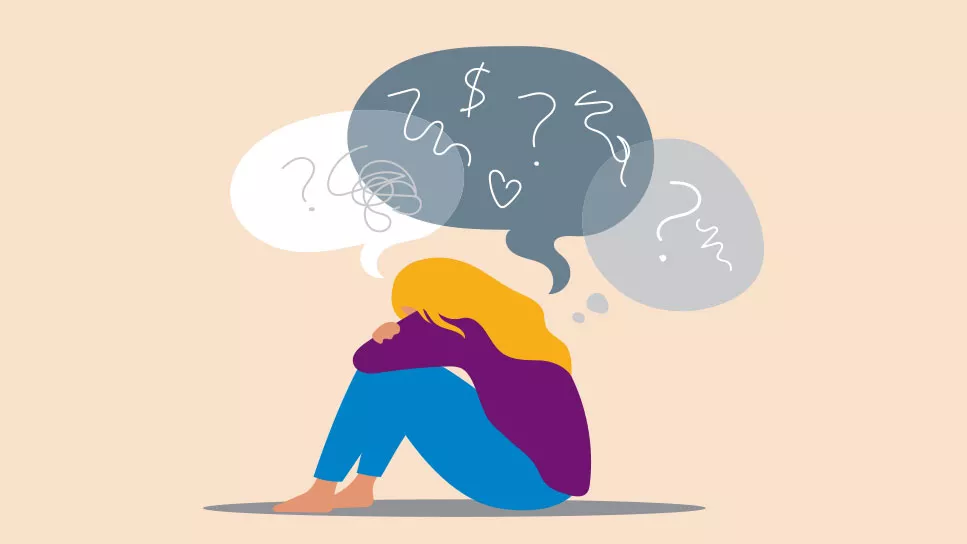Anxiety disorder and depression are two common mental health conditions that can significantly impact individuals’ lives. While they share some similarities, they are distinct conditions with unique symptoms and characteristics. By understanding the differences between anxiety disorder and depression, we can better recognize these conditions and seek appropriate support and treatment.
Anxiety Disorder:
Anxiety disorder is characterized by persistent and excessive worry, fear, or apprehension about everyday situations. Individuals with anxiety disorder often experience intense feelings of nervousness, restlessness, and tension, even in the absence of an imminent threat. Physical symptoms such as rapid heartbeat, sweating, trembling, and shortness of breath may accompany anxiety attacks.
Depression:
Depression, on the other hand, is marked by persistent feelings of sadness, hopelessness, and despair that interfere with daily functioning. Individuals with depression may experience a loss of interest or pleasure in activities they once enjoyed, changes in appetite or sleep patterns, and difficulty concentrating or making decisions. Physical symptoms such as fatigue, aches and pains, and digestive problems may also occur.
Key Differences:
Primary Emotion:
- The primary emotion in anxiety disorder is fear or apprehension, while in depression, it is sadness or despair. Individuals with anxiety disorder often worry excessively about future events or potential threats, while those with depression may feel hopeless or helpless about their current circumstances.
Physical Symptoms:
- While both anxiety disorder and depression can manifest with physical symptoms, the nature of these symptoms differs. Anxiety disorder may present with symptoms such as rapid heartbeat, sweating, and trembling, while depression may be accompanied by fatigue, changes in appetite or sleep patterns, and persistent aches and pains.
Response to Stress:
- Individuals with anxiety disorder may experience heightened sensitivity to stressors and may become overwhelmed by everyday situations. On the other hand, individuals with depression may have a reduced ability to cope with stress and may feel emotionally numb or disconnected from their surroundings.
Treatment Approaches:
- Treatment approaches for anxiety disorder and depression may overlap but often differ based on the primary symptoms and underlying causes. Cognitive-behavioral therapy (CBT) is commonly used to treat both conditions, but medications such as antidepressants may be prescribed for depression, while anti-anxiety medications may be recommended for anxiety disorder.
Conclusion:
While anxiety disorder and depression share some common features, they are distinct mental health conditions with unique symptoms and characteristics. By understanding the differences between these two conditions, individuals can better recognize their own symptoms and seek appropriate support and treatment. Whether experiencing anxiety disorder, depression, or both, it’s essential to prioritize self-care, seek professional help when needed, and cultivate a support network to navigate these challenges and promote overall well-being.
Source- The Times of India



